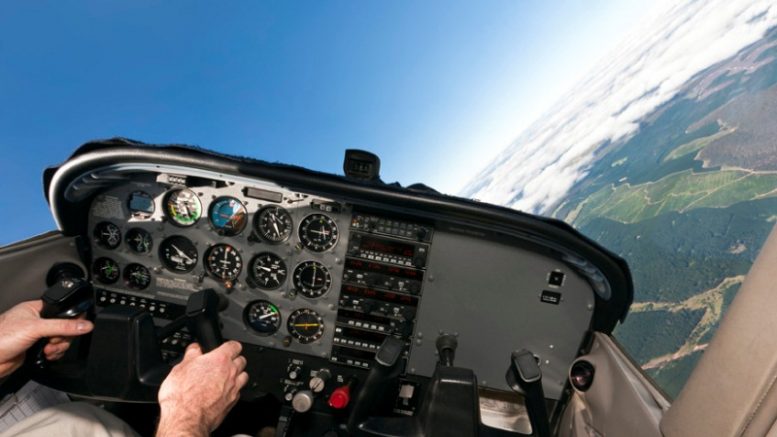Taking to the cockpit of a plane, pilots need all kinds of equipment in order to get to their destination without any complications. Aside from all the safety gear needed to see where they are going, any aspiring pilot needs a few navigation tools to hand. Whether they are electronic or made of paper, here are the tools and resources each pilot needs to aid them on each journey.
Flight Management System
Known in aerospace circles as FMS, this is the computer that sits at the heart of any modern cockpit. It controls all kinds of tasks, such as spotting other airliners with GPS and INS and working out which direction to go in.
The pilot using an FMS needs to know how to work it. Usually, it comes with either a small screen and keyboard or, for newer types of aircraft, a touchscreen. It displays information such as speed and how closely the aircraft is sticking to the flight plan in a way that’s easy to understand.
VFR Charts
To familiarise themselves with a new (or old) route, pilots will need to buy a VFR (visual flight rules) chart. At first glance, a VFR chart seems like an ordinary paper map, but it’s nothing of the sort! They tell a pilot the routes they have to follow in order to get to their destination.
VFR charts from Flightstore include listed airfields, no-fly zones and FIS and Volmet frequencies. These give any pilot an idea of how busy each route is and enables them to set the GPS on their FMS.
Radio Navigation Aids
If your airliner comes equipped with radio navigation aids, it enables you to find your way through difficult flying conditions such as low visibility and heavy rain. For novice pilots, these aids can make all the difference if worrying about getting lost along the route.
There are many different types of aid to choose from, but to work alongside your GPS, DME (distance measuring equipment) is most useful for working out how far you are from your destination. It should come with most modern aircraft.
Headsets
Aside from the latest in aviation technology and maps, a pilot could do with a headset. A special pilot’s headset will allow them to listen to instructions from air traffic control and speak to passengers and others on board their plane.
There are two kinds to choose from – passive and active. Passive ones block out most of the background noise, whilst active ones are able to record an accurate version of what the pilot says, only recording what the microphone picks up.



Be the first to comment on "In the cockpit: What do pilots need for navigation?"